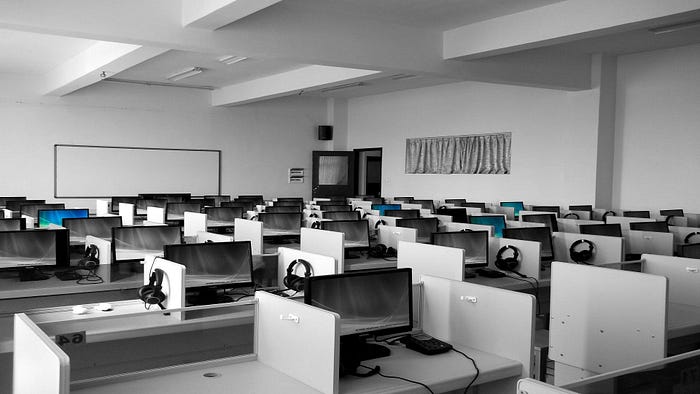
In the ever-evolving landscape of work and lifestyle, the traditional boundaries between living, working, and playing have blurred. The concept of “Live, Work, Play” has gained prominence as a new paradigm, redefining the way we approach our professional and personal lives. At the heart of this shift are innovative workspaces that serve as multifunctional communities, fostering collaboration, creativity, and a holistic approach to life.
The Evolution of Workspaces:
The traditional 9-to-5 office model is giving way to flexible, dynamic work environments that accommodate various working styles. The rise of remote work, freelancing, and the gig economy has challenged the conventional office setup. As a response, workspaces are transforming into hubs where professionals not only conduct business but also engage in social and recreational activities.
Coworking Spaces: More Than Just Offices:
Coworking spaces have emerged as pioneers of the Live, Work, Play trend. These shared environments bring together diverse professionals, freelancers, and entrepreneurs under one roof, creating a sense of community and collaboration. Beyond offering desks and meeting rooms, coworking spaces curate events, workshops, and networking opportunities, turning the workplace into a multifaceted community center.
Community Building for Collaboration:
The success of Live, Work, Play workspaces lies in their ability to cultivate a sense of community among their members. Shared values, interests, and goals create a collaborative atmosphere where individuals can exchange ideas, skills, and support. This collaborative spirit not only enhances productivity but also contributes to personal and professional growth.
Lifestyle Integration:
Workspaces are no longer confined to mere places of business; they have become extensions of our lifestyle. Many coworking spaces integrate recreational and wellness facilities, such as fitness centers, meditation rooms, and even communal kitchens. These amenities encourage a balanced and healthy lifestyle, promoting overall well-being for the individuals working within these communities.
Technology and Flexibility:
Advancements in technology have played a pivotal role in enabling the Live, Work, Play trend. With seamless connectivity and a plethora of digital tools, professionals can work from virtually anywhere. Workspaces are adapting by providing flexible arrangements, allowing members to choose when and how they work. This flexibility fosters a healthier work-life balance and contributes to increased job satisfaction.
The Rise of Residential Workspaces:
Beyond traditional coworking spaces, residential buildings are embracing the Live, Work, Play concept. Incorporating dedicated workspaces within apartment complexes blurs the lines between professional and personal spaces. Residents can conveniently switch between work and leisure without leaving the comfort of their homes, creating a more integrated and efficient lifestyle.
Future Trends:
As we look to the future, Live, Work, Play workspaces are likely to continue evolving. The integration of augmented reality(AR), virtual reality (VR), and artificial intelligence (AI) could further enhance collaboration and communication. Additionally, urban planning may witness a shift towards creating mixed-use developments that seamlessly blend residential, commercial, and recreational spaces.
In conclusion, the Live, Work, Play paradigm is reshaping the way we perceive and interact with our surroundings. Workspaces are no longer static environments but dynamic communities that cater to the multifaceted needs of modern professionals. As these spaces continue to evolve, the lines between work and play will continue to blur, ushering in a new era of integrated and fulfilling lifestyles.
